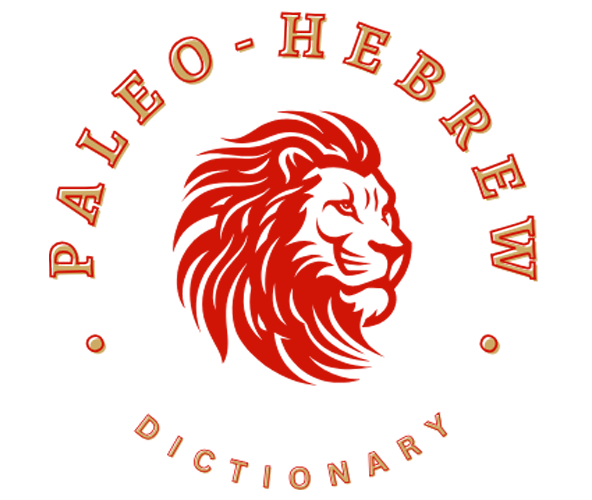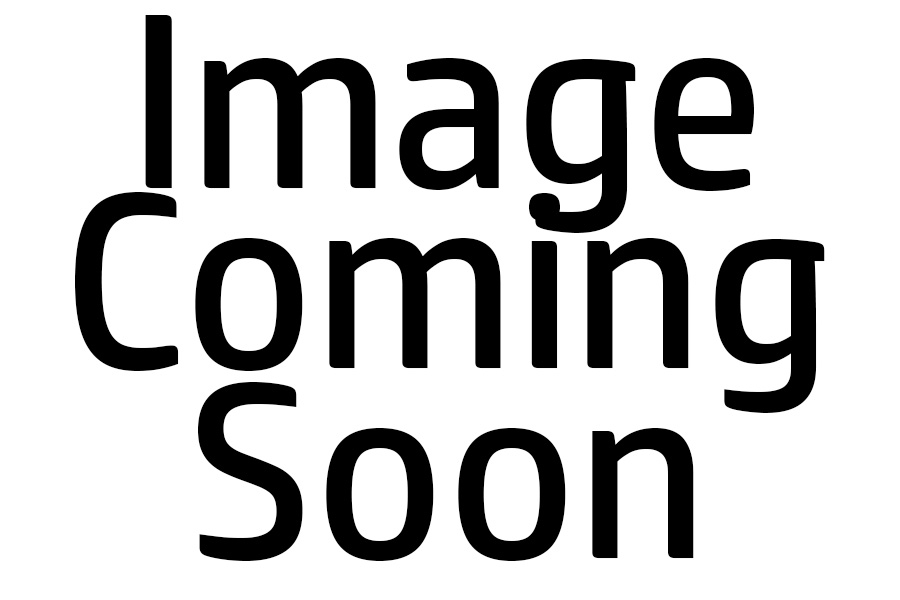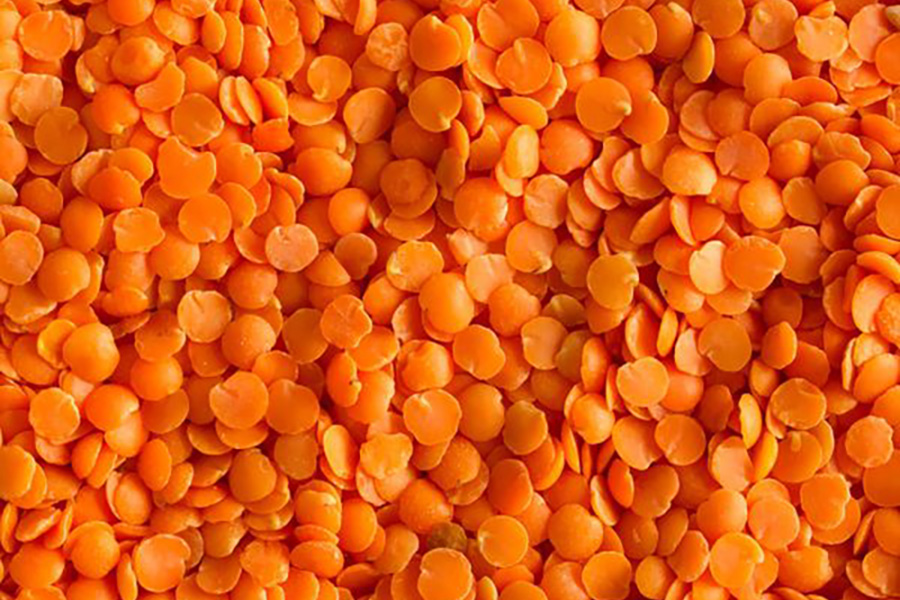« Back to Glossary Index
Categories: Divine
Synonyms:
𐤒𐤅𐤎, qaýas, Qos, Kos
The word Qauas (𐤒𐤅𐤎) means “Qos” or “Kos” in Latin, the national alah of the 𐤀𐤃𐤅𐤌𐤉𐤌 (Adauamayam). Also, it can be translated into Qibla.
Extended Study for 𐤒𐤅𐤎 (qauas)
To read the study guide entry that elaborates on 𐤒𐤅𐤎 (qauas) then join our Extended Study Membership at https://www.paleohebrewdictionary.org/extended or use phdict.org/extended to share a short link with others.





